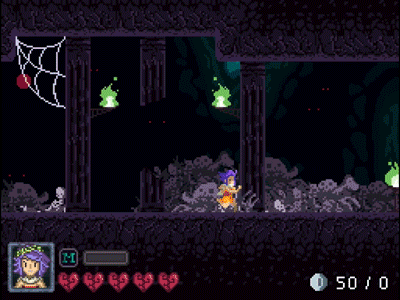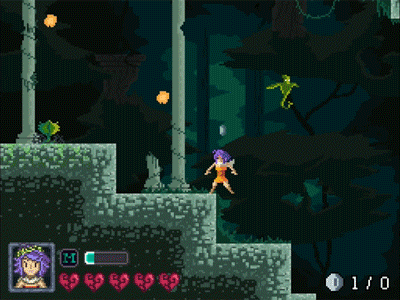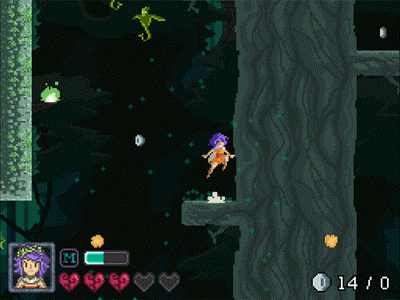Yup sure is, first one I'm selling. So had to do all the business stuff. It's actually my third game. First was this Battletoads hover-bike homage,
Hoverbikes are Rad and I made a minesweeper clone in a weekend. So far I'm doing pretty good with finishing what I start

I read about people not finishing projects all the time, and I've struggled with it too.
It's awesome I first downloaded Unity after PAX 2011 and I've found a hobby that I think I'll be doing for the rest of my life. Can't wait to start something new! Although, if Instantion does ok I'll be investing more time into it.
Sounds amazing! Good luck for the next one! :+
See, now that's cool.
My only critic... is that it should be critique ;D
Oh yeah, thanks for the critique! I knew something was wrong with the word!
For those a bit more technically interested...
See the color ringing on the left below? This is called color bleeding due to
higher luma frequencies (stronge change in luma) reaching into the chroma/
color spectrum. Within the chroma spectrum these higher frequencies are seen
as changing colors. And upon reconstruction of the color components out of the
chroma signal of the composite video signal, additional false colors are
reproduced. This color ringing effect becomes rather noticeable on pixel
boundaries where luma changes drastically. However, natural scenes do not
suffer from it that much, yet many of you have seen those red/green color
moirés if someone on video wears a pin-striped suit while being filmed at a
certain distance. This effect is due to this issue. Computer generated imagery
on the contrary do produce sharp changes in luma quite easily, which was the
reason why many gamers had to deal with this effect during the '80 and '90
while playing their favorite games on a PAL TV (NTSC has the same issue).
Engineers have tried to diminish this effect further and further while
applying more improved filtering to composite video for over decades up until
component video like S-Video, Y'PbPr, and RGB took over where color bleeding
doesn't occur. The following image shows only the transmitted luma component
of the image above with no chroma while being decoded on a color TV showing
where luma bleeds color. And I like it!

Color bleeding, an effect quite annoying while watching black-and-white
movies on a PAL/NTSC color TV. Earlier TVs had a color killer to switch the
color decoder from the decoder network to prevent decoding color where there
isn't any.
The dot crawl effect in composite video is the opposite of color bleeding. It
is caused by luma bleeding. Higher chroma/color frequencies can reach into
the luma spectrum. There the higher chroma frequencies are interpreted as
higher luma frequencies. And since higher luma frequencies are associated with
luma changing rapidly, a dot pattern occurs. This was a very pronounced effect
back in the days.
Well, next to many other things, both of these effects are a must have for
reproducing proper retro graphics, yet they need to be balanced tightly esp.
for realtime animated graphics. The final engine won't show these effects so
pronounced as here. There will be much more filtering going on at the en/
decoder stages. Additionally, simulation of an CRT's beam will smooth/gaussian
the image even further. Hence, the images shown here are sort of raw
unfiltered material. Development shots.






















